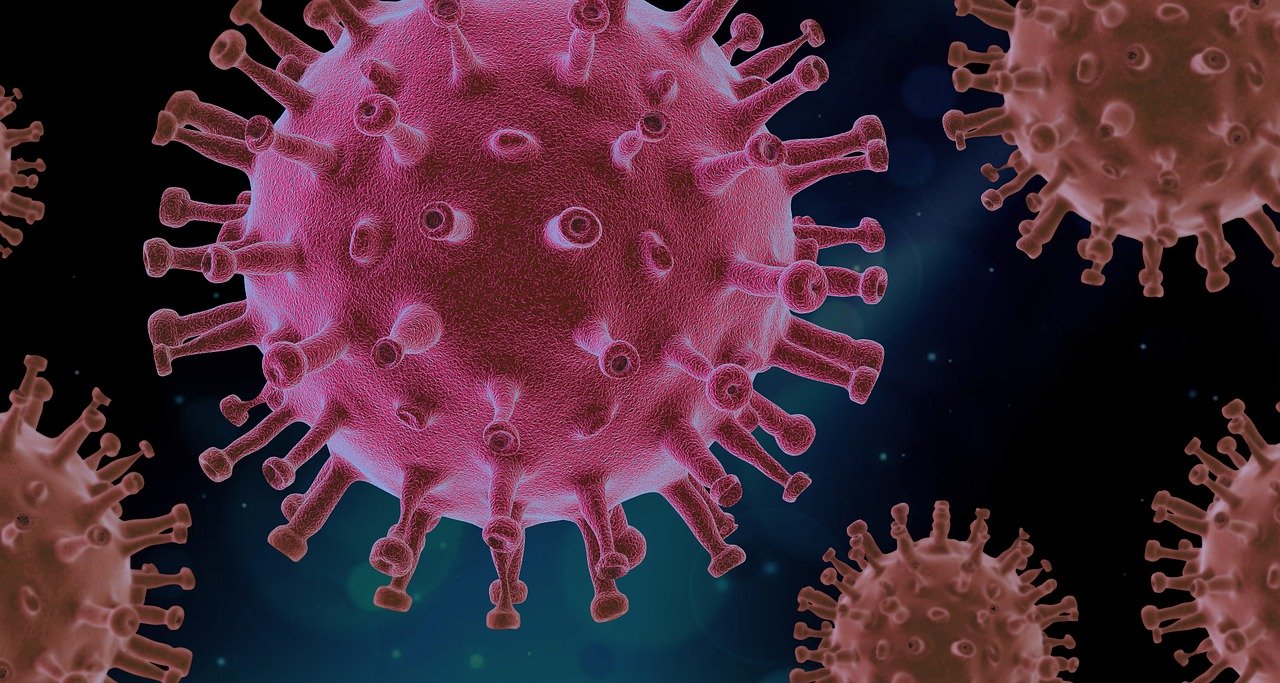In March 2020 researchers from the USA published the results of their study which looked at how the environment affected SARS-CoV-2, which causes COVID-19 disease, and SARS-CoV-1. SARS-CoV-1 was responsible for the SARS outbreak in 2002-2003 which emerged from China and infected more than 8,000 people. SARS-CoV-1 was eradicated by intensive contact tracing and case isolation measures and no cases have been detected since 2004. It is also the human coronavirus most closely related to SARS-CoV-2. In the study the two viruses were seen to behave in a similar way, which unfortunately does not explain why COVID-19 has become a much larger outbreak. The researchers therefore tried to mimic the virus being deposited from an infected person onto everyday surfaces in a household or hospital setting, such as through coughing or touching objects. Results showed that SARS-CoV-2 was detectable in aerosols for up to three hours, up to four hours on copper, up to 24 hours on cardboard and up to two to three days on plastic and stainless steel. Their findings also suggested that people may acquire the virus through the air and after touching contaminated objects. Emerging evidence suggests that people infected with SARS-CoV-2 may be spreading the virus without recognizing, or prior to recognizing, symptoms, which would make disease control measures effective against SARS-CoV-1 less effective during the present pandemic. In contrast to SARS-CoV-1, most cases of virus transmission of SARS-CoV-2 appear to be occurring in community settings rather than healthcare settings. However, healthcare settings are also vulnerable to the introduction and spread of SARS-CoV-2, and the stability of SARS-CoV-2 in aerosols and on surfaces most likely contribute to transmission of the virus in healthcare settings. The findings therefore confirm the guidance from public health professionals to use precautions similar to those for influenza and other respiratory viruses to prevent the spread of SARS-CoV-2 which are:
– Avoid close contact with people who are sick.
– Avoid touching your eyes, nose, and mouth.
– Stay home when you are sick.
– Cover your cough or sneeze with a tissue, then throw the tissue in the trash.
– Clean and disinfect frequently touched objects and surfaces using a regular household cleaning spray or wipe.
N van Doremalen, et al. Aerosol and Surface Stability of SARS-CoV-2 as Compared with SARS-CoV-1.N Engl J Med. 2020 Mar 17. [Epub ahead of print]

